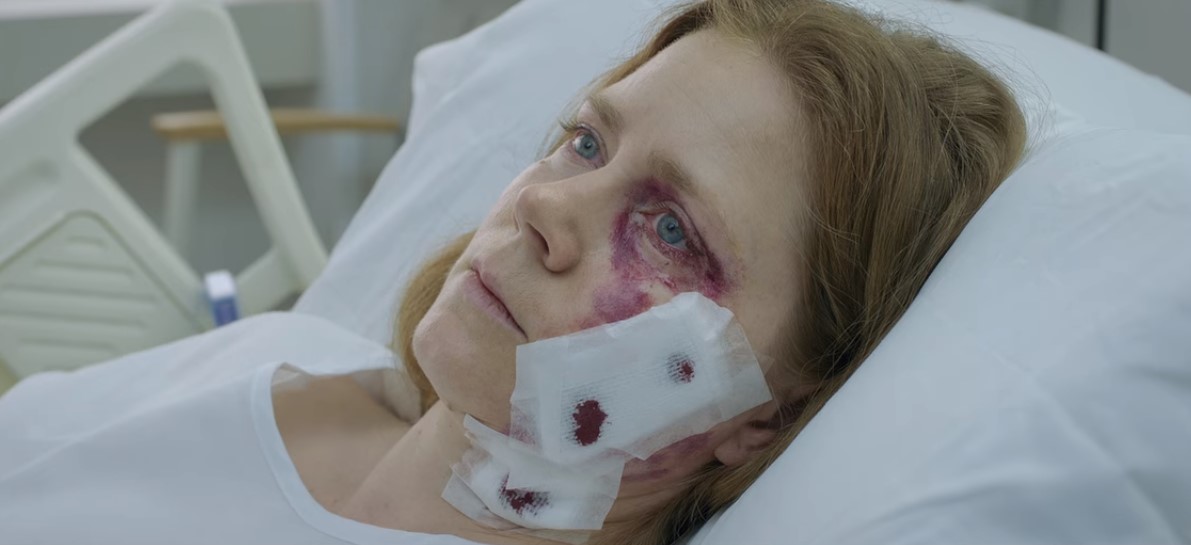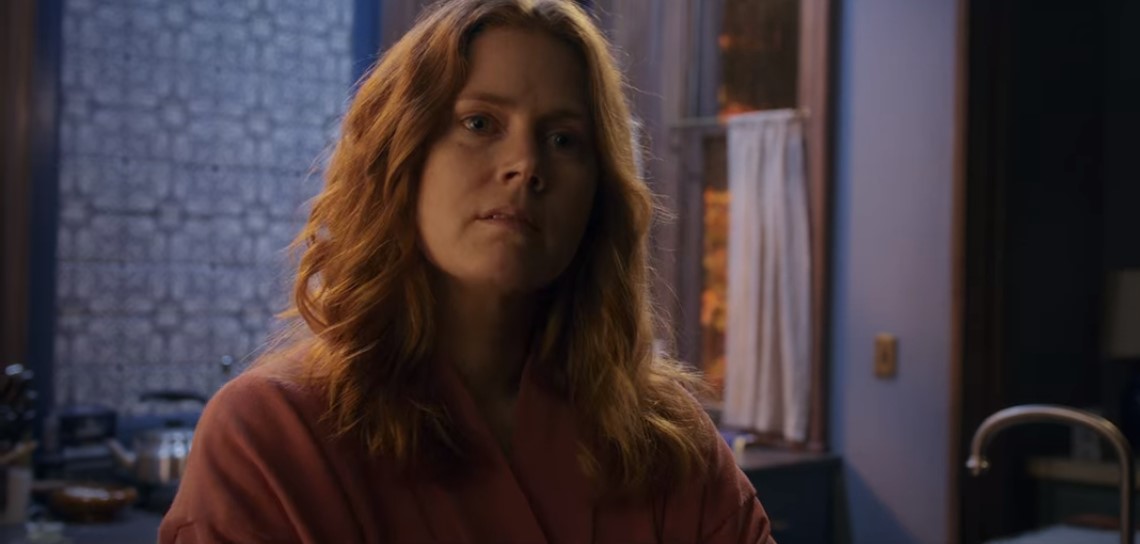Directed by Joe Wright, ‘The Woman in the Window’ is a dark, brooding, and cerebral psychological thriller that catches its audience off-guard. The camera follows child psychologist, Dr. Anna Fox, as she fights her agoraphobia by spying on her new neighbors who move into the apartment across the street. As Anna probes into the life of the family, the search for truth plunges her into a vortex of manipulation and disbelief. With Hollywood stars like Amy Adams, Julianne Moore, and Gary Oldman in the acting department, the film articulately uses its material to perfection. However, if upon watching the film, you are led to question the credibility of the story, we shall be obliged to illuminate your mind.
Is The Woman in the Window Based On A True Story?
No, ‘The Woman in the Window’ is not based on a true story. The director adapted the film from a screenplay penned by Pulitzer Prize-winning playwright and screenwriter Tracy Letts. The screenplay, in turn, was taken from the eponymous 2018 bestselling thriller written by Daniel Mallory under the pseudonym A. J. Finn. The novel allegedly borrows heavily from a 1995 psychological thriller called ‘Copycat,’ as has been pointed out by some critics.

The earlier film, like the book, features an unreliable female protagonist who suffers from agoraphobia, and both of them are psychologists. Moreover, Dr. Helen Hudson in ‘Copycat,’ like Dr. Anna Fox, is haunted by the doings of a serial killer. Mere coincidence? We think not. Apart from ‘Copycat,’ Mallory was inspired by a slew of Alfred Hitchcock classics that he saw while growing up. The influence of Hitchcock is not overt in the film but is indeed apparent in a few sequences, such as blood splashing onto the screen and a hooded murderer with a good ol’ knife.
It could be the case that the story of the Joe Wright film seems to have been motivated by ‘Rear Window.’ James Stewart’s character in the film voyeurs over his neighbors and becomes the accidental witness of an apparent crime, just like the character of Anna. In a superficial connection, both films are set in an apartment in Manhattan. However, in a masterstroke, the Joe Wright film deviates from replacing the voyeuristic male gaze with a compassionate female gaze.
Joe Wright was also inspired by the minimalism of French auteur filmmaker Robert Bresson. The director stated, “I liked the idea of the kind of minimalist constraints of making a film that is completely set in one house.” Wright also mentioned that he has always been interested in “blurring (the line) between subjective and objective reality,” and the script of ‘The Woman in the Window’ also jumped at him for this reason — “I didn’t know the book prior to reading the script. And I was thrilled and excited, and I wanted to know what happened next.”
In saying that, it would be remiss if we did not mention that the psychological condition of the film looks quite convincing by itself. The anxiety of watching the film is almost unbearable as the director manages to penetrate the mind of the audience through his cinematic vision. The film often feels like an anxiety-induced fever dream, and some of the feels owe to the brilliant screen presence of Amy Adams. Every time she stares into the camera, we, as audiences, get collective goosebumps. Adams, who began her acting career with light-hearted roles in films like ‘Junebug’ and ‘Enchanted,’ is one of the biggest names in the industry, thanks to her articulate character acting.
The actor mentioned in an interview that playing the role of Anna Fox sometimes got too close to reality, as the actress herself suffered from a great deal of anxiety in her 20s. She recollected moving around from one place to another while growing up in an army family. She also unapologetically acknowledged that she was not “brave” as a child and suffered from the fear of failure. Moreover, the disorder Amy Adams’ character suffers from in the film is agoraphobia, which, you may know, is an actual psychological condition characterized by unbearable anxiety.
The complex anxiety disorder entails a fear of places and situations from which escape may prove difficult. People suffering from the condition often experience destabilizing panic attacks when they feel cornered, as they experience a lack of control over the situation they are in. The fear stems from the preconceived idea in the mind of the sufferer that there is no easy escape from a difficult situation, especially if the anxiety intensifies.
According to Medical News Today, people diagnosed with the condition fear standing in line, being in a crowd, being in enclosed spaces, as well as being in open spaces. Moreover, the psychopathic killer, pitted against the kind-hearted protagonist, is also quite convincing in his mannerisms, although he is not the first one to come by in the history of cinema. All things considered, the film, despite being fictional, remains tied to reality through the nuanced depictions of its complex characters.
Read More: The Woman in the Window Ending, Explained


You must be logged in to post a comment.